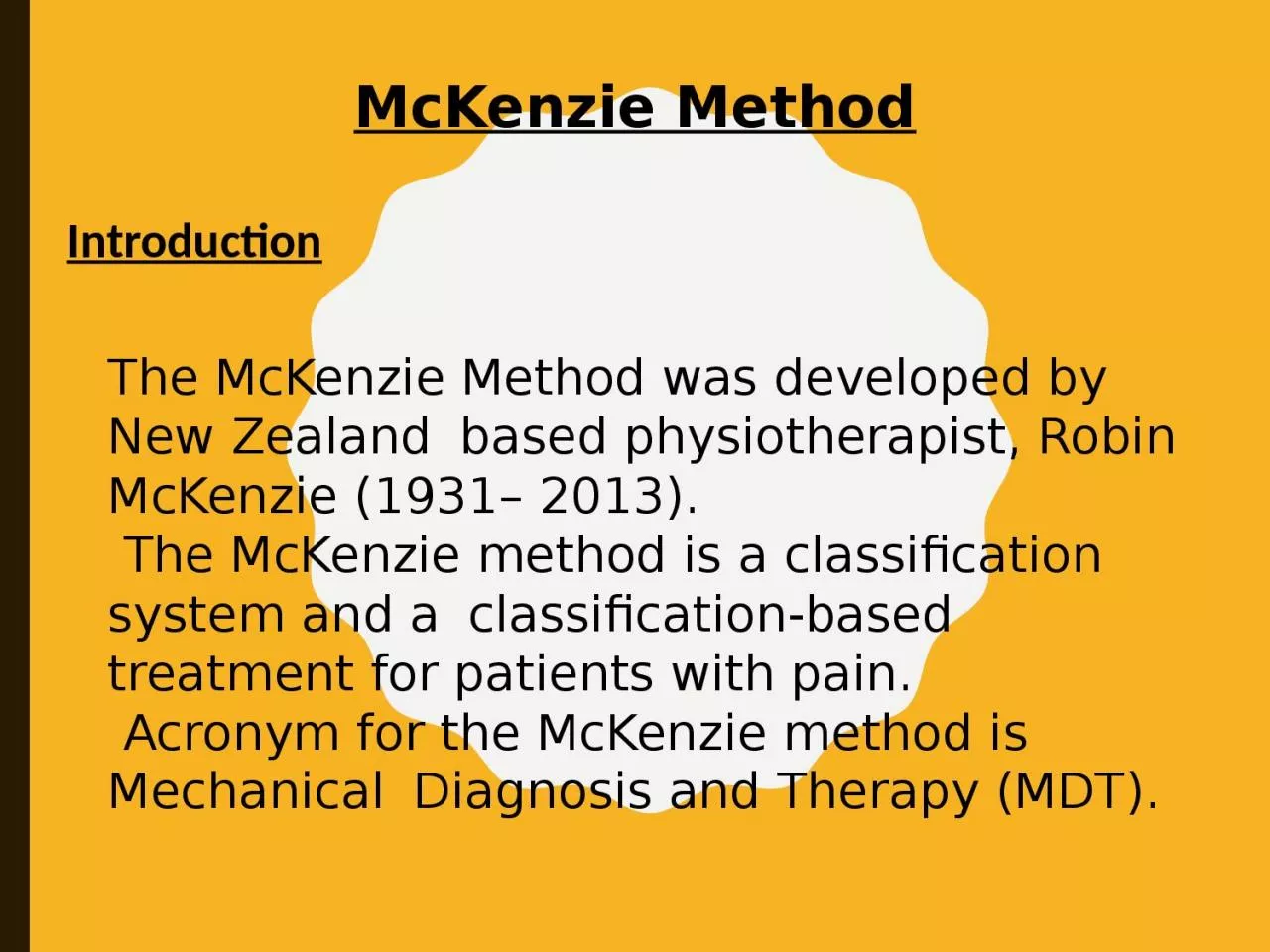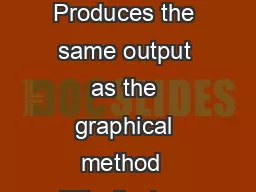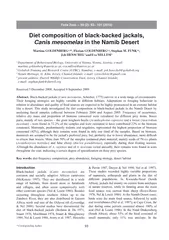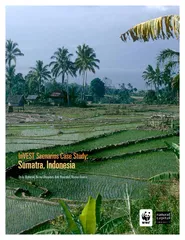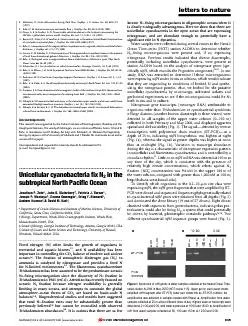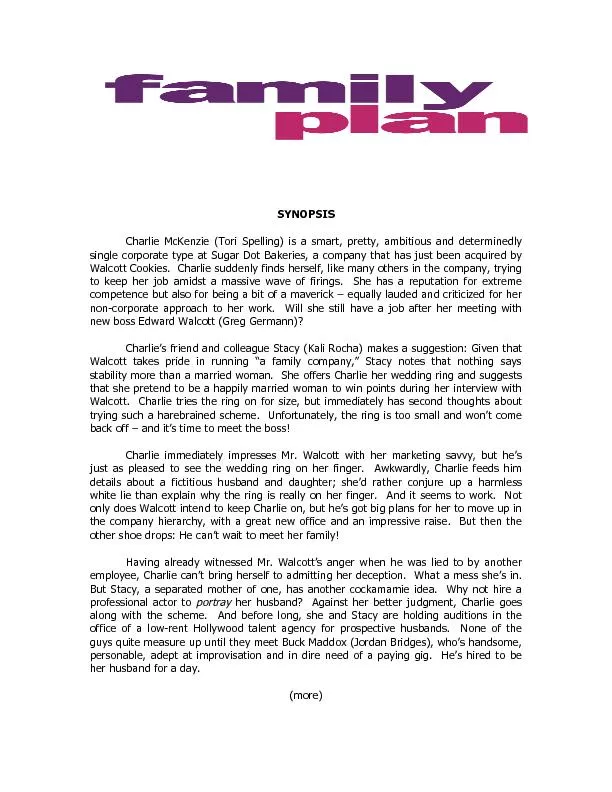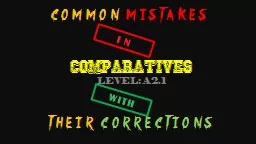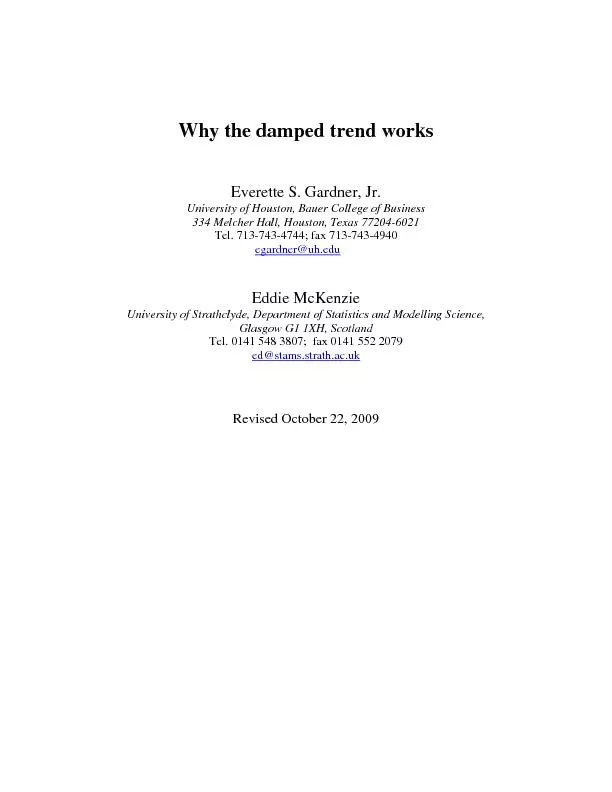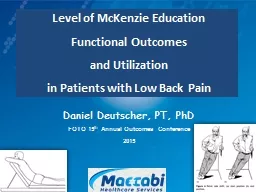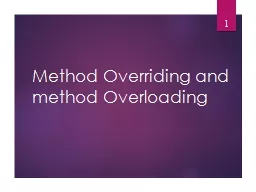PPT-McKenzie Method Introduction
Author : WonderWoman | Published Date : 2022-07-28
The McKenzie Method was developed by New Zealand based physiotherapist Robin McKenzie 1931 2013 The McKenzie method is a classification system and a classificationbased
Presentation Embed Code
Download Presentation
Download Presentation The PPT/PDF document "McKenzie Method Introduction" is the property of its rightful owner. Permission is granted to download and print the materials on this website for personal, non-commercial use only, and to display it on your personal computer provided you do not modify the materials and that you retain all copyright notices contained in the materials. By downloading content from our website, you accept the terms of this agreement.
McKenzie Method Introduction: Transcript
Download Rules Of Document
"McKenzie Method Introduction"The content belongs to its owner. You may download and print it for personal use, without modification, and keep all copyright notices. By downloading, you agree to these terms.
Related Documents

